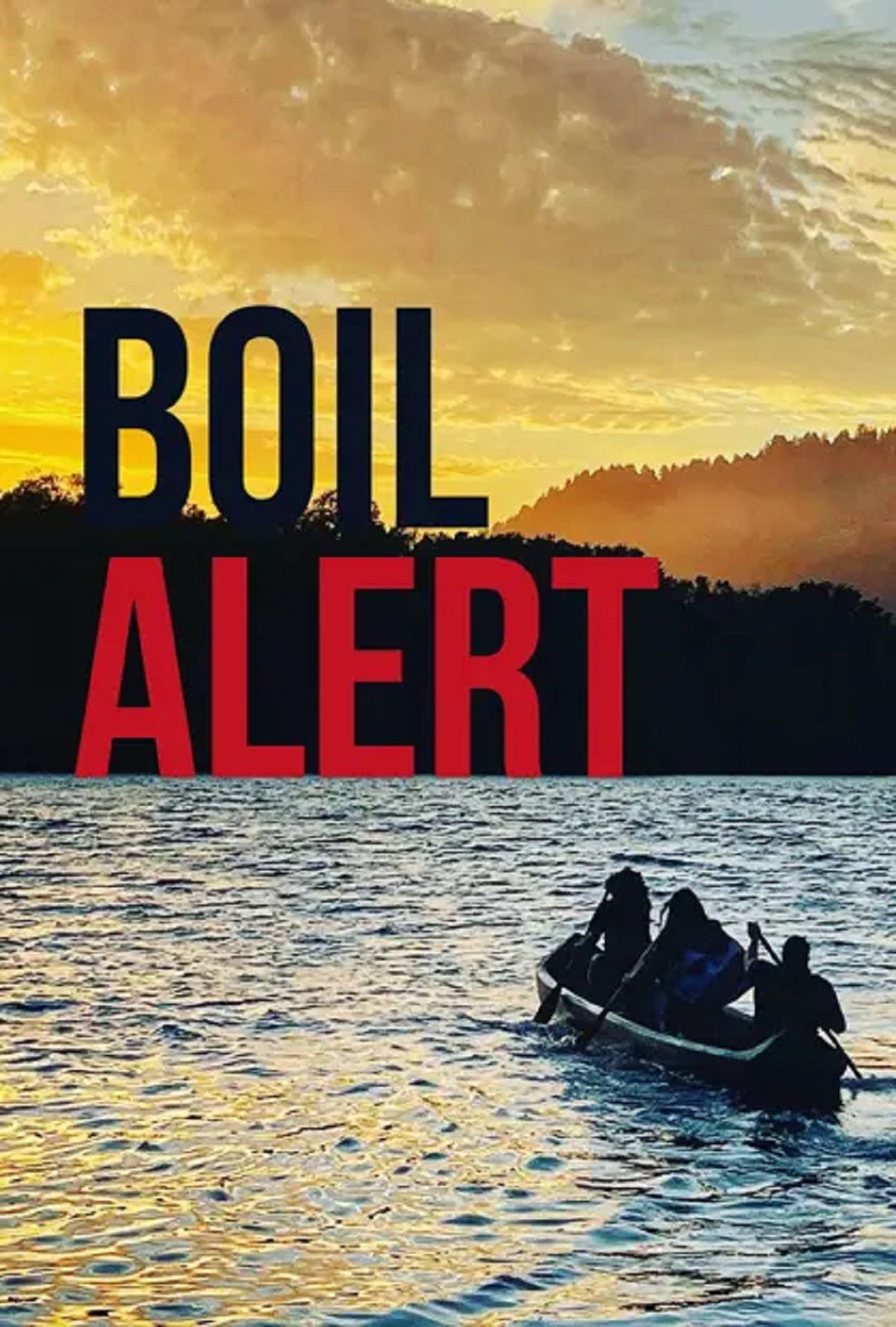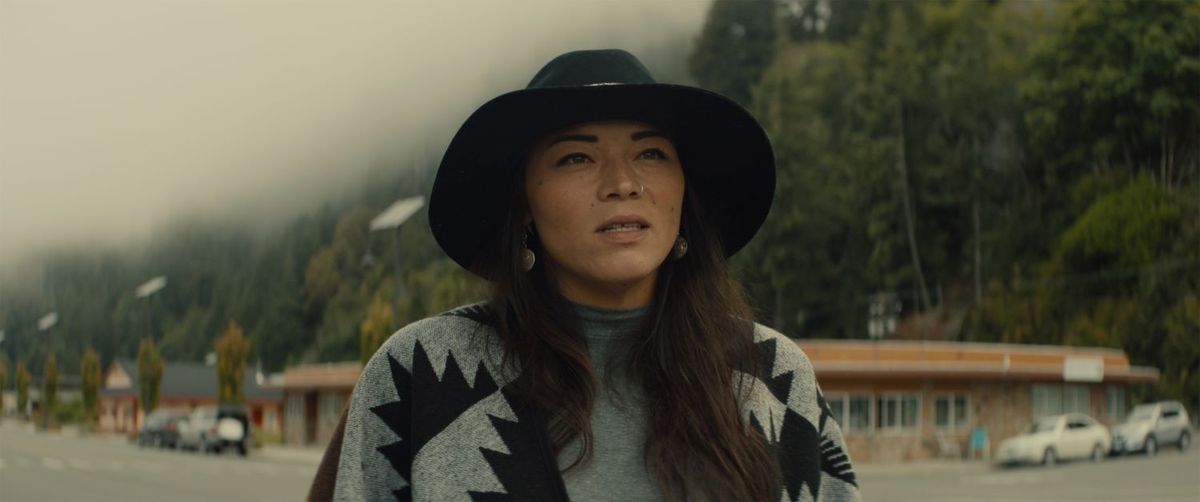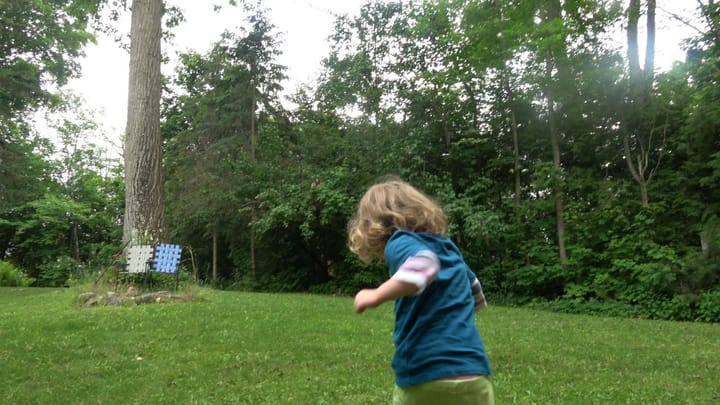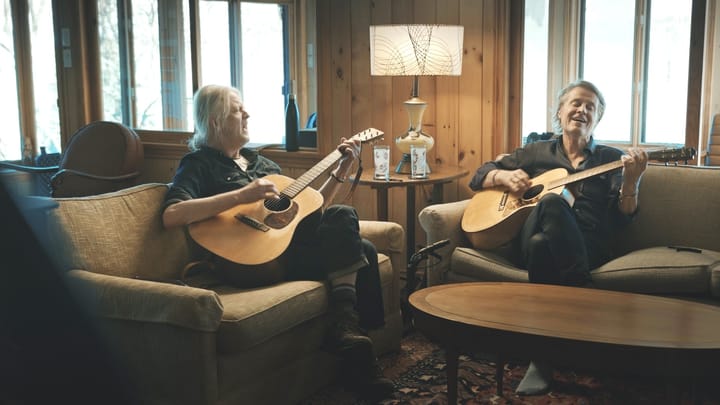An indigenous activist embarks on a powerful journey to raise awareness about clean water rights in Boil Alert. Co-directors Stevie Salas and James Burns discuss the human impact of water pollution and premiering their new environmental doc at the 2023 Toronto International Film Festival.
Boil Alert follows the story of aspiring activist Layla Staats as she works to draw urgent attention to the clean water crisis facing indigenous communities around North America.
The feature-length documentary goes beyond the statistics to put a human face on the struggle of First Nations people to access drinkable water in areas affected by industrial pollution and chronic boil water advisories.
The film was co-directed by Stevie Salas and James Burns and is scheduled to make its world premiere on September 15 as part of the TIFF Docs program at the 2023 Toronto International Film Festival.
In discussing the project, the filmmakers make the point that water security is not some distant developing-world problem – it is something happening (almost literally) right next door.
“Some of these indigenous communities are remote, but some of them are right next to major towns and cities. You can go to a reservation that is on Highway 101 in Northern California – where some of the richest people in the world live – and on one side of the rez the water’s great and on the other side of the rez the water’s great,” Burns says. “So, there’s no reason why they shouldn’t have access to clean water.”
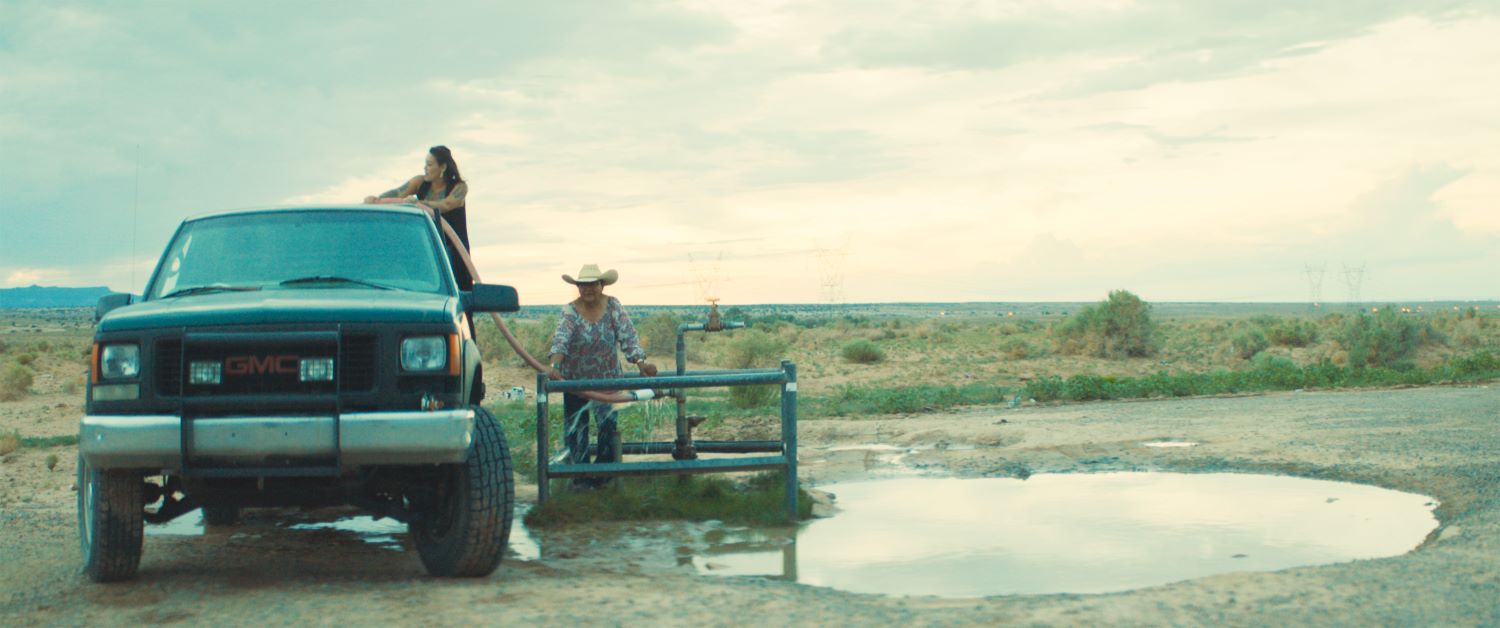
The documentary intertwines Staats’ mission to raise awareness of water issues with her personal quest to reclaim her identity as a member of the Haudenosaunee (Six Nations) Mohawk people.
“As a kid, before she was taken off the rez, she spent a lot of time with her grandfather, who talked to her about the importance of water,” Salas says. “Later, she came back with this hole in her soul trying to figure out what was missing in her life. She started thinking about the teachings of her grandfather and thought that maybe if she could heal the water, she could heal herself.”
“She started thinking about the teachings of her grandfather and thought that maybe if she could heal the water, she could heal herself.”
The directors note that Layla was “incredibly brave and powerful” to open up about her journey and share her experience on camera, and that they hope others will connect with her story and be inspired to act.
“Layla felt she couldn’t be a bystander anymore and she became active in her own way. A lot of people might feel that way,” Burns says. “We see and hear of the devastation, but then it’s that feeling that ‘I’ve got to do something’ that really matters. That’s exactly what she did.”
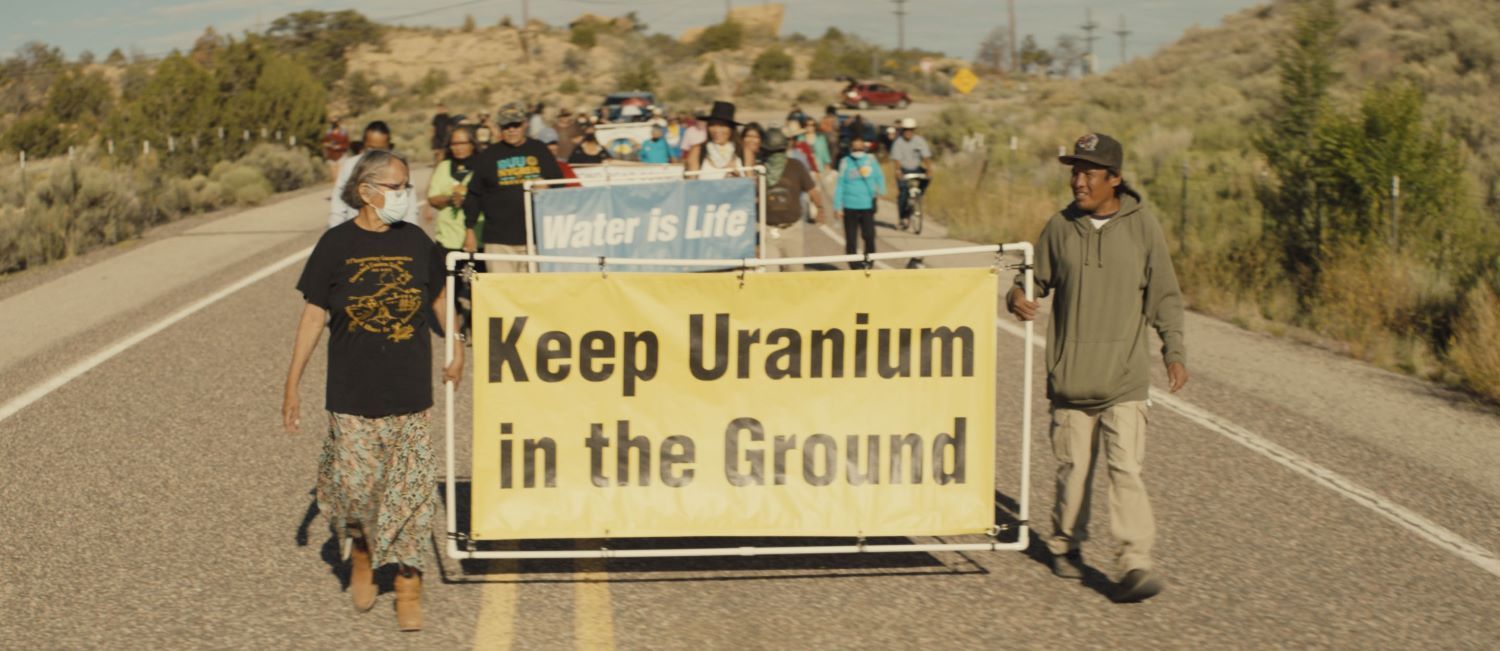
On a personal level, Salas and Burns say making Boil Alert was “an incredibly eye-opening” experience and that they were stunned by the lack of functioning infrastructure needed to ensure access to potable water in the areas where they filmed.
“Especially up north, when you fly into [some of these communities], you see lakes and animals and trees and it’s just gorgeous, but then you start talking to people and they’re like, ‘Well, I’m 48 years old and I haven’t been in the water in 42 years. You don’t swim in that, are you crazy?’” Salas says. “To see the contrast of something so beautiful and to know that it could kill you, that never ceased to shock me.”
“You go in and you think this is an incredibly sad story, but it’s also one of resilience and strength.”
They add that it was “both devastating and inspiring” to witness what is happening in many of the communities they visited during the film’s production.
“It isn’t fair to paint these communities as just being completely devastated where there’s no hope. There is a lot of joy in these communities and it was amazing to see. That’s the beautiful part,” Burns says. “You go in and you think this is an incredibly sad story, but it’s also one of resilience and strength.”
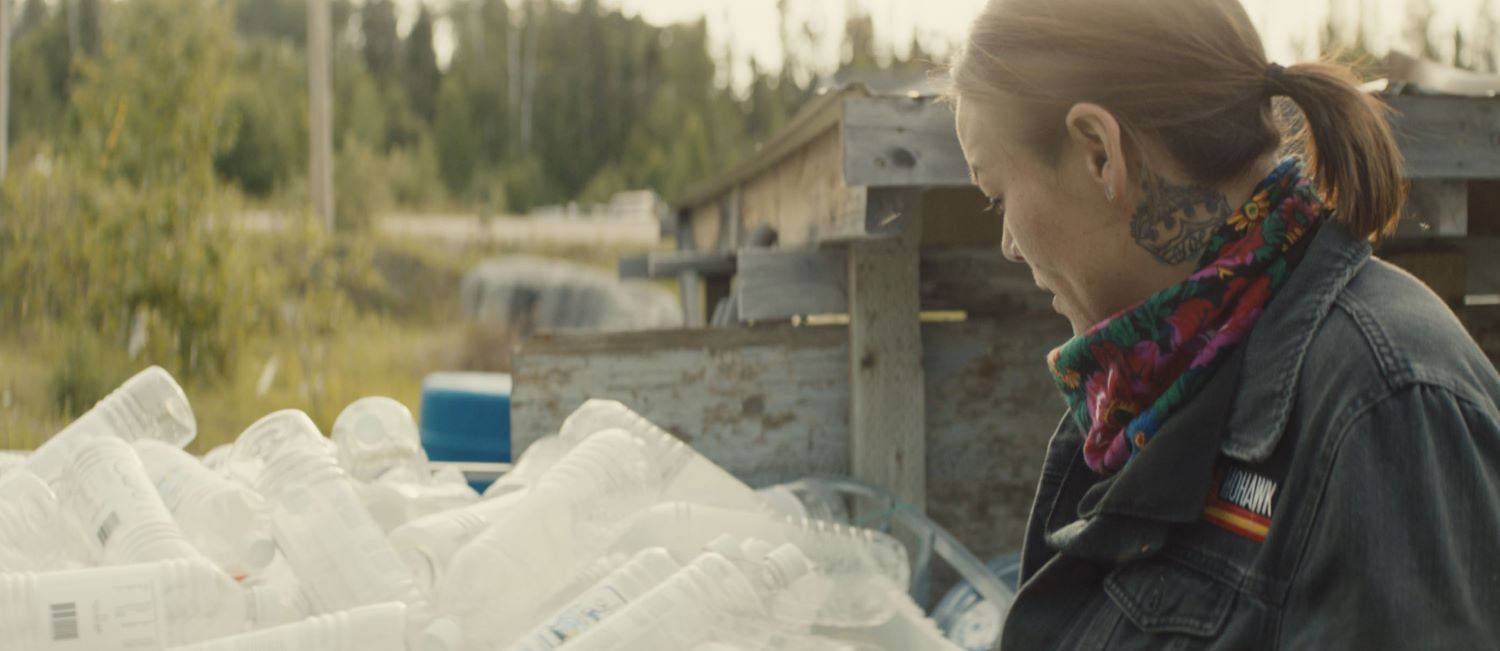
With the film’s world premiere at TIFF fast approaching, Salas and Burns say the festival provides a much-needed platform for raising awareness about a rapidly growing threat to one of the most precious resources known to humans.
“Indigenous communities often see the environmental impact of industry first. If you go to communities that are socioeconomically devastated, what do you see around them? It’s usually contaminated water or the air is so bad that people are having respiratory problems,” Burns says. “In the future, it’s going to affect all of us if we don’t get involved. We need to wake up and realize that this isn’t something you can ignore.”
At the same time, they emphasize that it isn’t their intent to “sit there and point fingers,” but instead to share with people what is really happening and to generate discussion so they can make up their own minds.
“Once you create the awareness with enough people, great minds will get together and there will be solutions. Most people are unaware of what’s really going on, so you just assume that they don’t care, but it’s not that,” Salas says. “Create the awareness, let’s get a lot of great minds together and hopefully that’s the key for us to spark something and see what happens.”
Ultimately, they say that people need to know that it doesn’t take ten or twenty million dollars to make a start in resolving these issues, and that many of the answers can already be found at the grassroots level.
“The answer is always in those communities. They know the issues, they’ve done their research and they’ve shouted to council members and their representatives about what needs to get done,” Burns says. “When indigenous people stand up for the rights of the environment, they’re standing up for all of us. That means we need to listen and get them the help that they’re asking for.”
Visit Seeing Red Media’s website here to learn more about Boil Alert or connect via Instagram with Stevie Salas here (@steviesalasofficial) or James Burns here (@james.burns).
